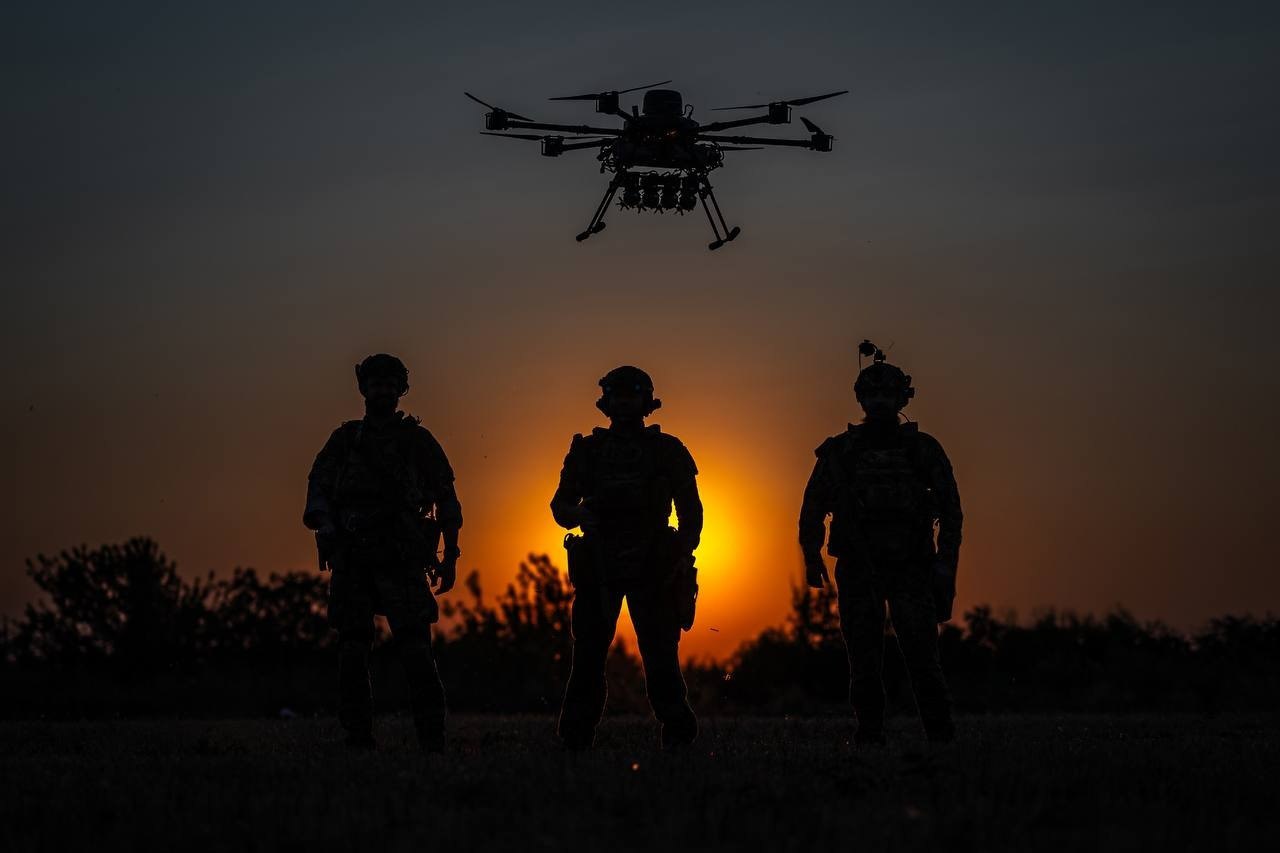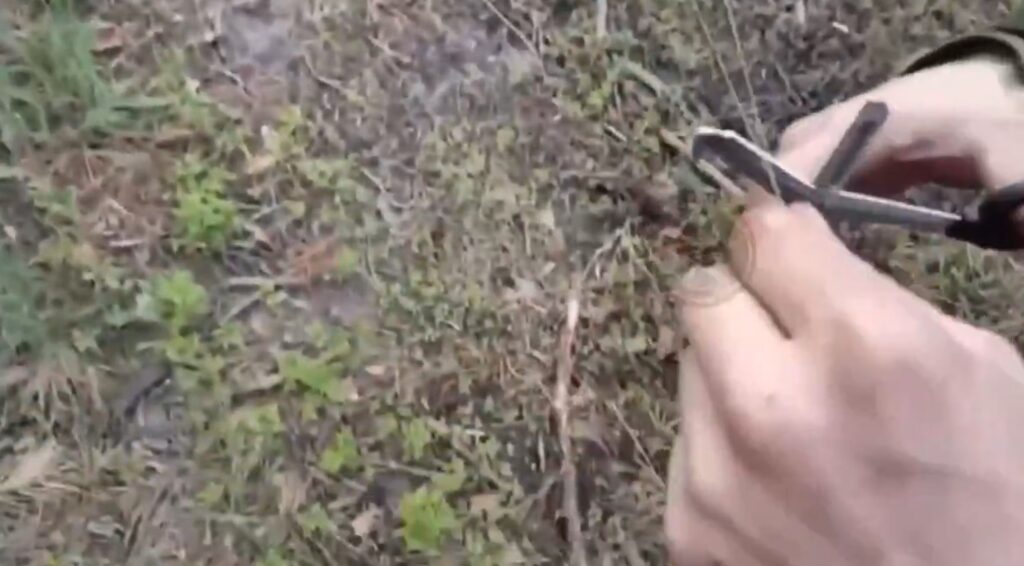Ukraine’s new M-1 Abrams tanks are ready—but their brigade might not be

Nine months after Australia pledged 49 surplus M-1A1 Abrams tanks to the Ukrainian war effort, the 69-ton combat vehicles are finally about to reach Ukraine. A photo that circulated online on Friday depicts one of the heavily-armed tanks in Poland, presumably awaiting onward shipment to Ukraine.
Ukrainian Pres. Volodymyr Zelenskyy celebrated the Abrams’ imminent arrival way back on 18 May. “I’m grateful for Australia’s comprehensive support, for the Abrams tanks that are helping our warriors defend Ukraine,” Zelenskyy said at a meeting in Rome with Australian Prime Minister Anthony Albanese.
Ukrainian troops surely welcome the fresh tanks, even as heavy armored vehicles play a smaller and smaller role along the drone-patrolled, mine-infested 1,100-km front line of Russia’s 41-month wider war on Ukraine.
But the brigade the US-made tanks are likeliest to join, the 47th Mechanized Brigade, was recently in the throes of a leadership crisis. Citing “clueless leaders” ordering troops to execute “stupid tasks,” one of the brigade’s battalion commanders, Oleksandr Shyrshyn practically begged for his chain of command to relieve him of duty in a 16 May post on social media.

“Let your children follow these orders”: Ukrainian commander in Kursk quits over “idiotic tasks”
It’s unclear what, if anything, resulted from Shyrshyn’s protest. But the turmoil in and around the 47th Mechanized Brigade risks wasting precious tanks the Ukrainians have been waiting a long time for. It’s possible, however, that the Ukrainian army will distribute the newly arrived M-1s across more units than just the 47th Mechanized Brigade.
Pat Conroy, Australia’s defense industry minister, announced the M-1 donation in October. “These tanks will deliver more firepower and mobility to the Ukrainian armed forces, and complement the support provided by our partners for Ukraine’s armored brigades,” Conroy said.
The four-person M-1A1s equipped the Australian army’s armored brigade until the brigade upgraded to newer M-1A2s last year. The older tanks are still in “reasonably good working order,” J.C. Dodson, a Ukraine-based defense consultant who helped negotiate the tank transfer, told the Australian Broadcasting Corporation.
Ukrainian officials had asked for the old Abrams in 2023, but the Australians waited until their new Abrams arrived before pledging the excess tanks. The US government holds the export license for the M-1s, which were made in Ohio—and the Russia-friendly administration of Pres. Donald Trump waited to sign off on the deal, adding further delay.
In any event, it seems at least some of the tanks are finally on the last legs of their long journeys to Ukraine. It’s apparent what the Ukrainian army will do with the ex-Australian Abrams. First, it will up-armor them with extra reactive armor, anti-drone cages and radio jammers. And then it will probably assign at least some of them to the 47th Mechanized Brigade’s tank battalion, the only Ukrainian unit with any experience on the M-1.
The 47th Mechanized Brigade got all 31 of the surplus M-1A1s the United States pledged to Ukraine in 2023. In 18 months of hard fighting, the brigade has lost at least 12 of the original M-1s: 10 destroyed, one captured and one so badly damaged it wound up as a museum piece in Ukraine.
Other M-1s have been damaged—and at least a few are probably write-offs. The 47th Mechanized Brigade may be down to half its original tank strength.
Fresh tanks
The 49 Australian M-1s are enough to restore the brigade’s tank strength while also equipping a second battalion in another brigade—or in one of the new multi-brigade corps the Ukrainian army is standing up.
The same sweeping reorganization that’s introducing the army to corps operations is also reducing, or even eliminating, Ukraine’s four separate tank brigades—each with 100 tanks—in favor of smaller but more numerous separate tank battalions with just 31 tanks apiece.
In the meantime, it’s apparent that some brigades are making do with just a single tank company with a dozen or so tanks. That seems to be the plan for Ukraine’s growing fleet of German-made Leopard 1A5s.
Ukrainian officials clearly appreciate that tiny explosive drones, and not 69-ton tanks, are now the dominant weapons along the front line.
The May leadership crisis may also complicate the 47th Mechanized Brigade’s tank refresh. “I haven’t received any more stupid tasks than in the current direction,” Shyrshyn wrote.
“I’ll tell you the details sometime, but the loss of people has dulled my mind, trembling before the clueless generalship leads to nothing but failures,” Shyrshyn added. “All they are capable of is reprimands, investigations, imposition of penalties. Everyone is going to Hell. Political games and assessment of the real state of affairs do not correspond to either reality or possibilities. They played around.”
It’s possible Shyrshyn was referring to Ukraine’s six-month incursion into western Russia’s Kursk Oblast, which saw a strong Ukrainian force of around a dozen battalions cling to a 650-square-km salient around the town of Sudzha before an elite Russian drone team finally deployed—and severed the only main supply route between Sudzha and the border with Ukraine, destroying hundreds of Ukrainian vehicles in the process.
The 47th Mechanized Brigade was in the thick of that fighting and, soon after retreating back to Ukraine’s Sumy Oblast in early March, supported smaller-scale raids into Kursk—raids that risked heavy Ukrainian casualties for fleeting territorial gains of questionable strategic value.
More recently, the 47th Mechanized Brigade has been defending Sumy Oblast from an infantry-led Russian counteroffensive that has, at great cost in Russian lives, brought Russian artillery to within firing range of Sumy city.
That the general staff in Kyiv continued to order brigades to fight their way into Kursk even as Russian troops massed for their coming Sumy operation was an ominous development for the units, including the 47th Mechanized Brigade, that had to carry out the pointless or even counterproductive orders. It was even more ominous for the innocent residents of Sumy Oblast.
The 47th Mechanized Brigade is probably on the cusp of receiving new tanks, thanks to Australia’s largess. Shyrshyn and other brigade troops surely hope their superiors don’t ask them to squander those tanks on ill-conceived missions.
Especially when they have a Russian counteroffensive to defeat.

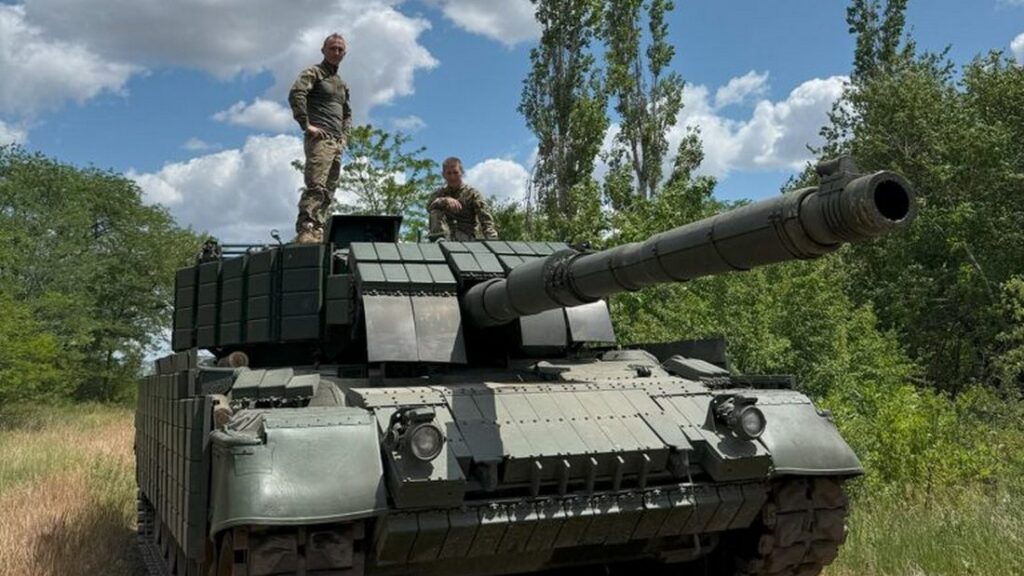


 (@GrandpaRoy2)
(@GrandpaRoy2) 

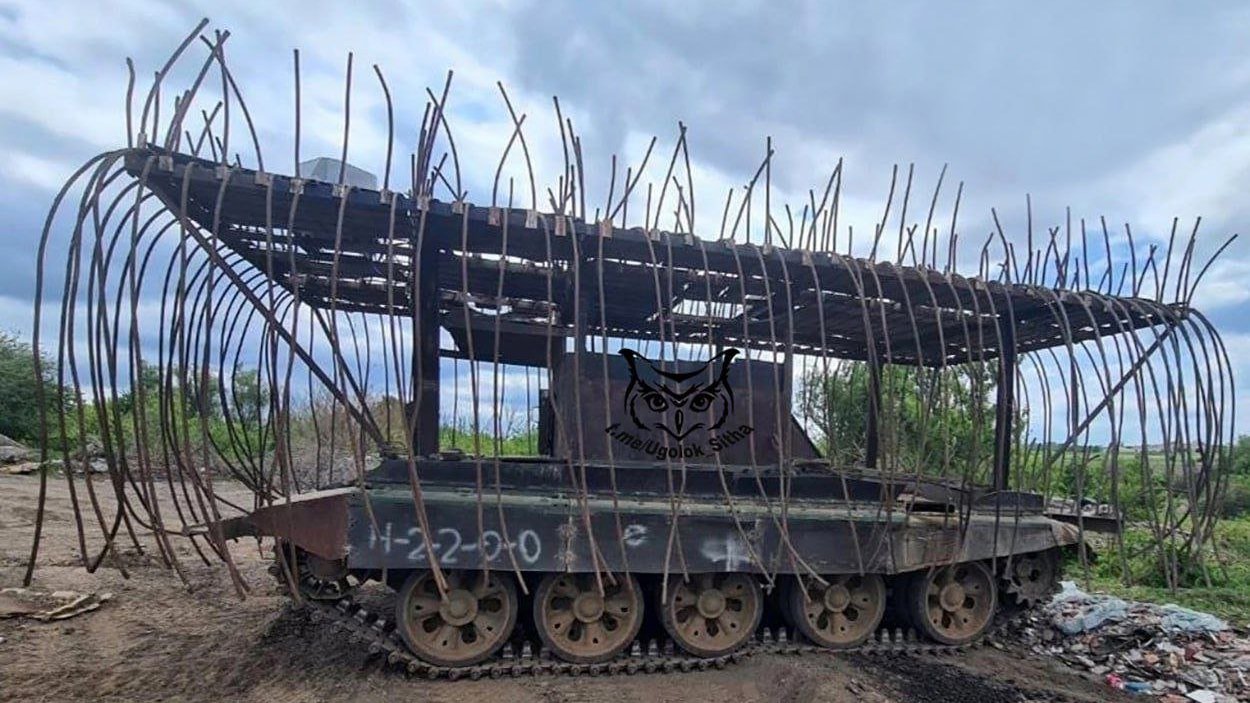
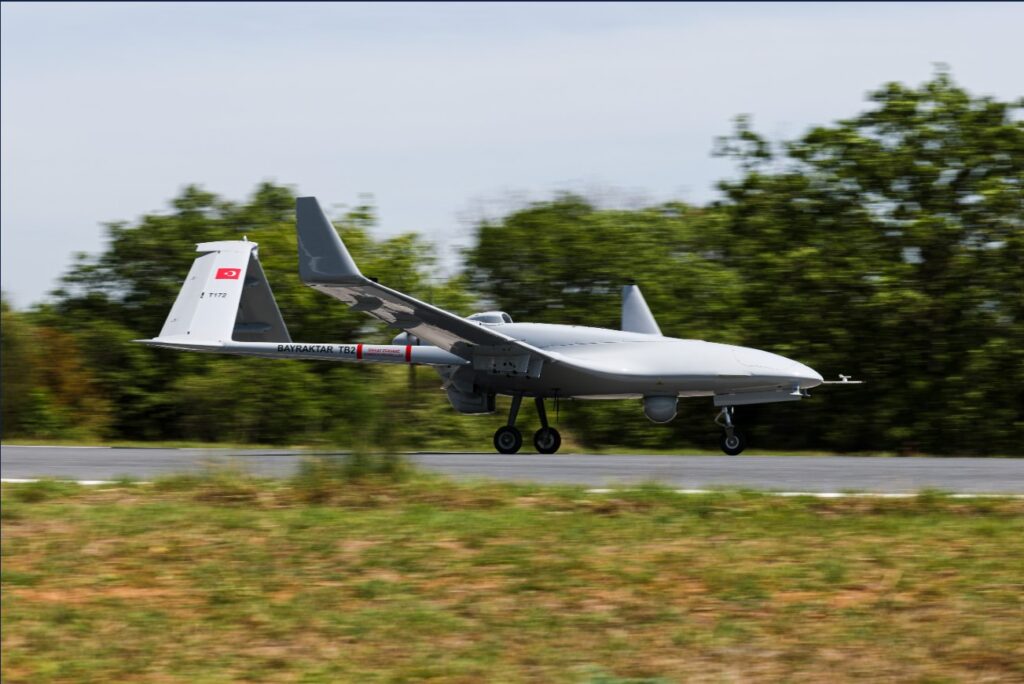



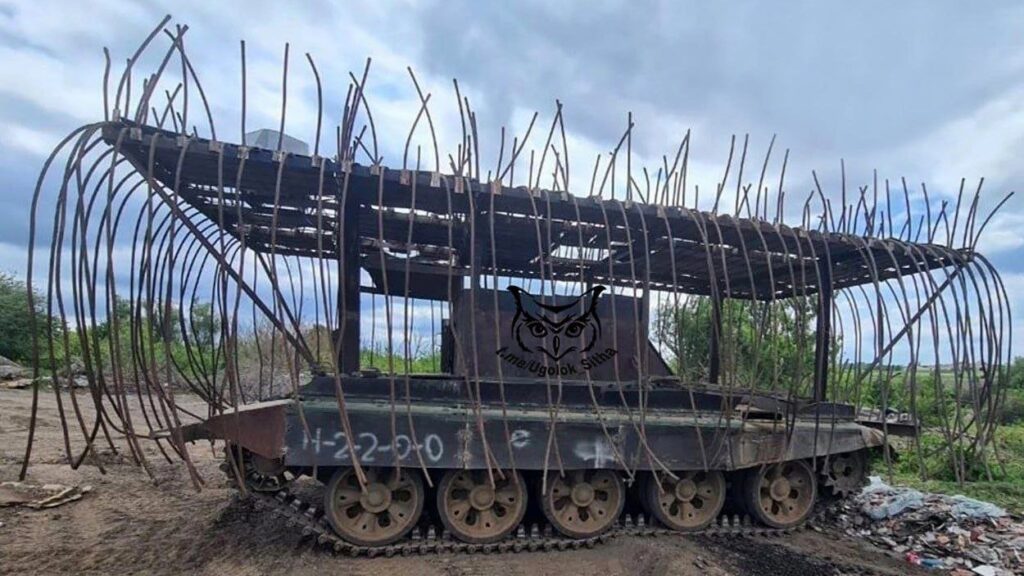
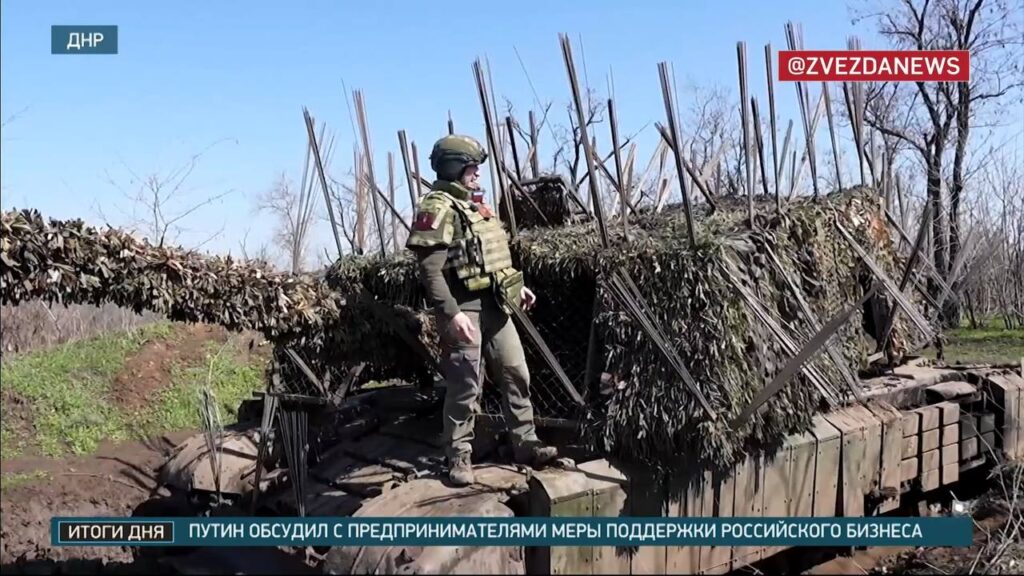

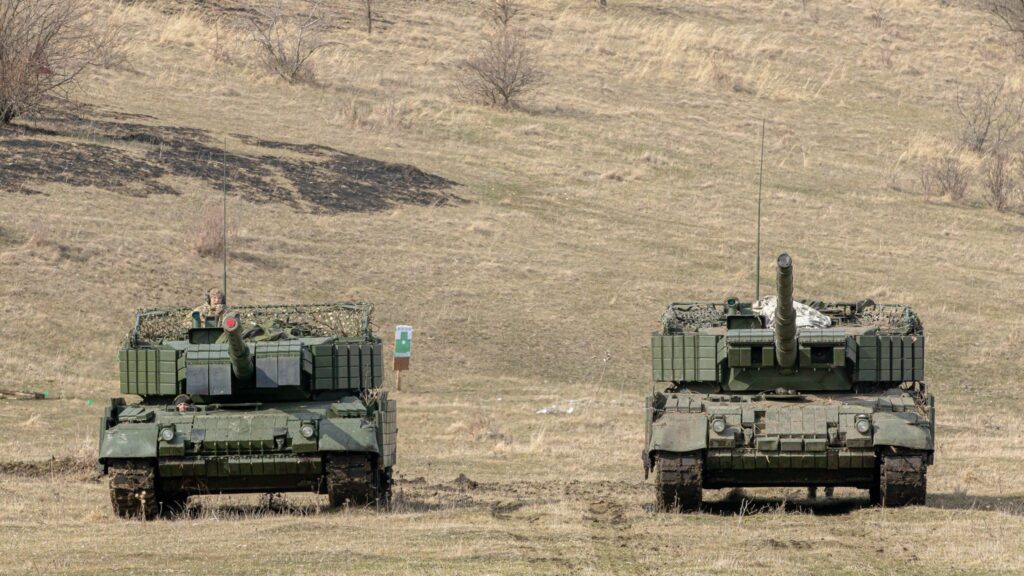
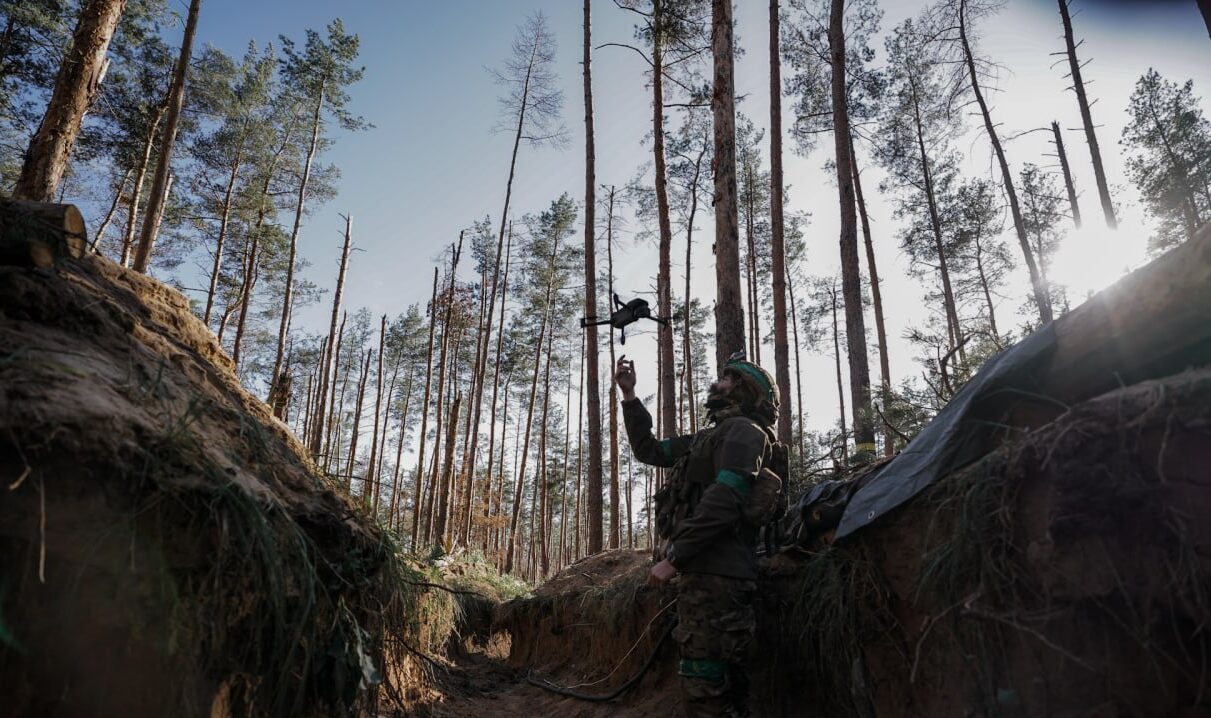
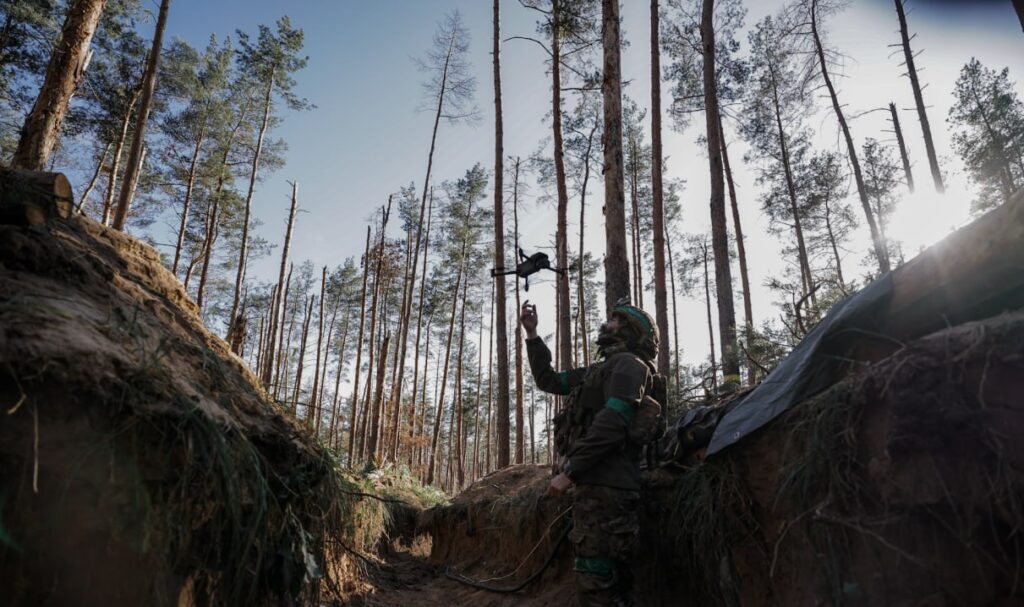
 48.401173, 37.676050 destr. BMP-2 675
48.401173, 37.676050 destr. BMP-2 675 48.400666, 37.675930 UA AFV loss
48.400666, 37.675930 UA AFV loss 48.415713, 37.67238 destr. BMP-2 675
48.415713, 37.67238 destr. BMP-2 675
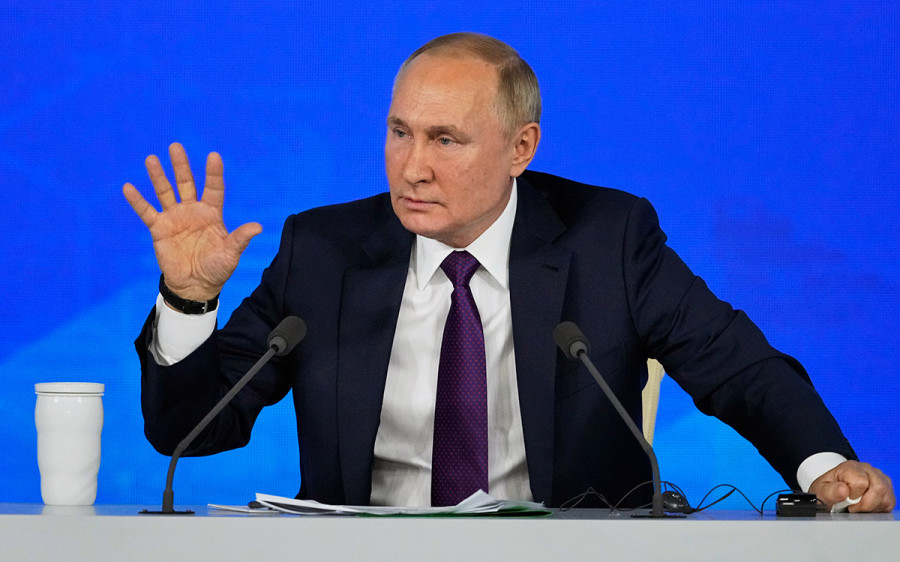
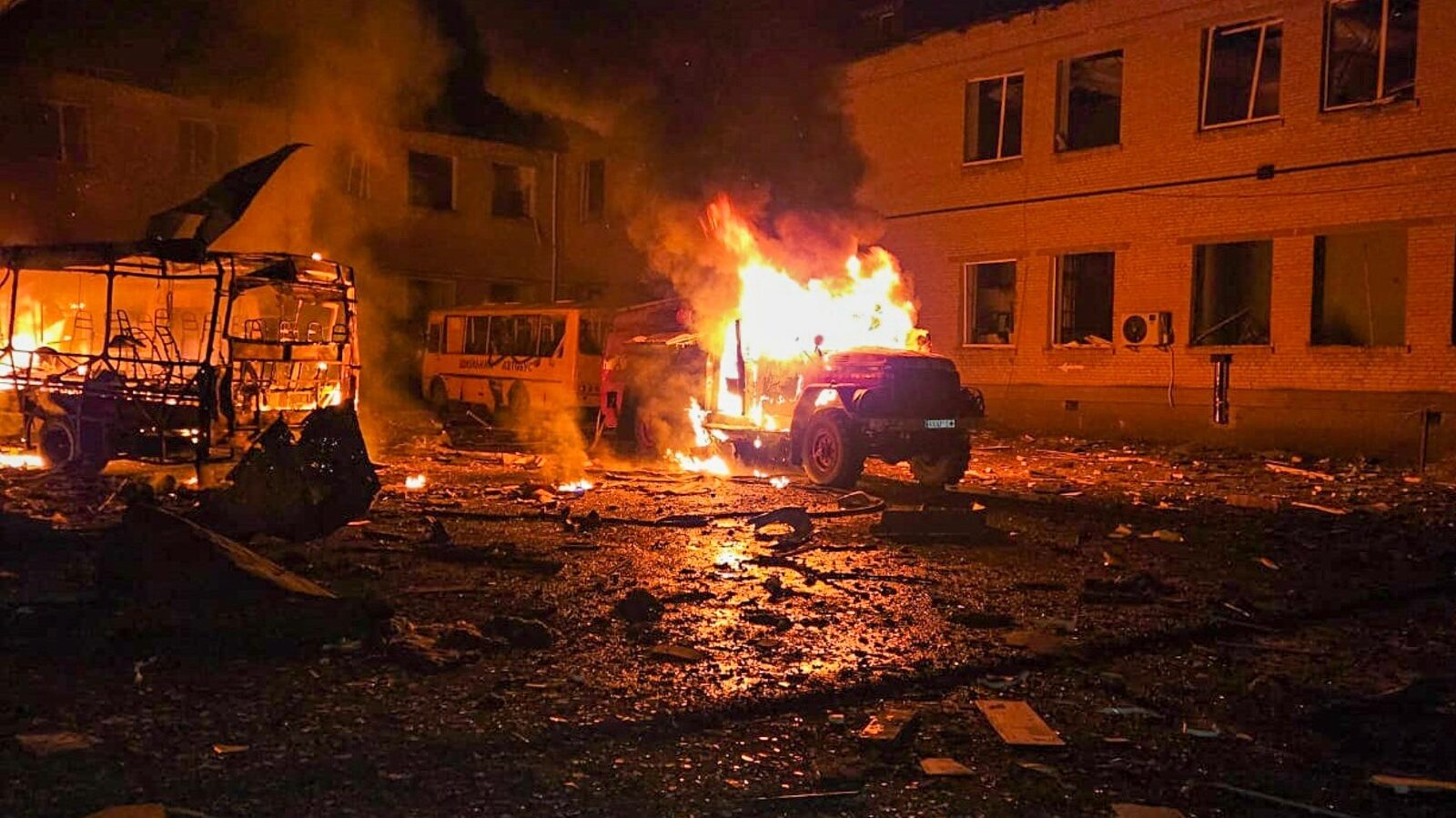
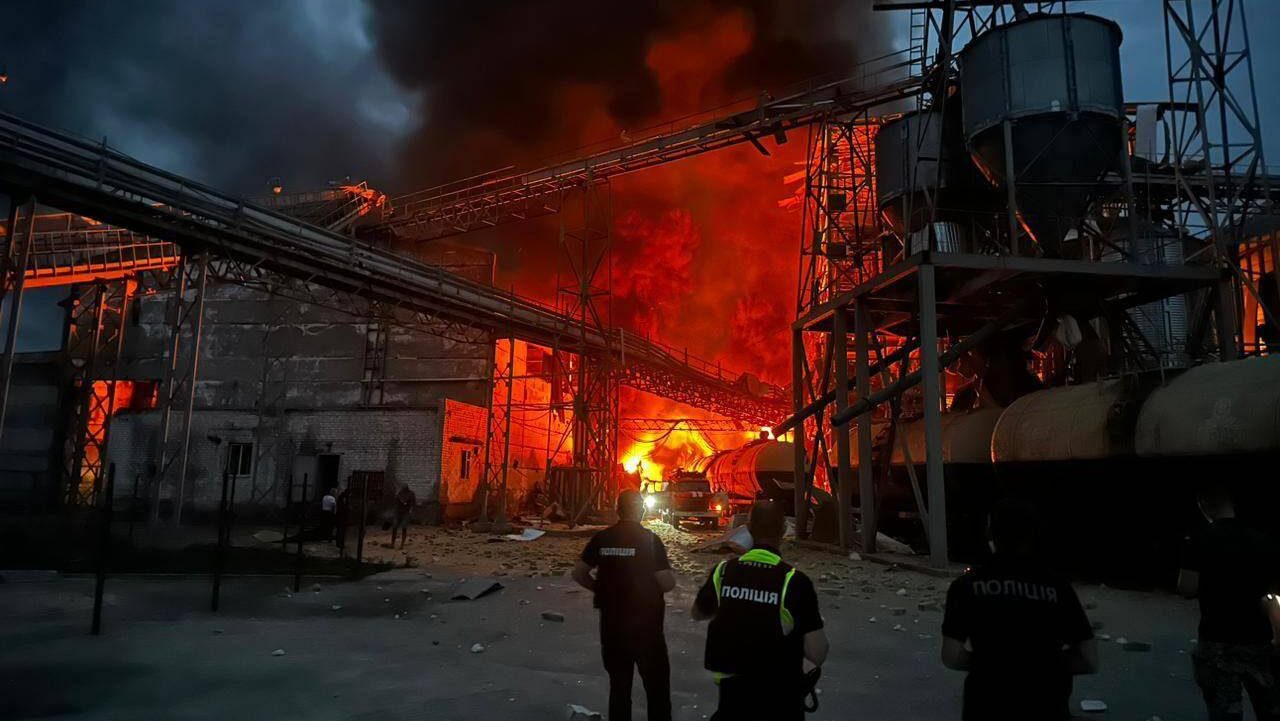
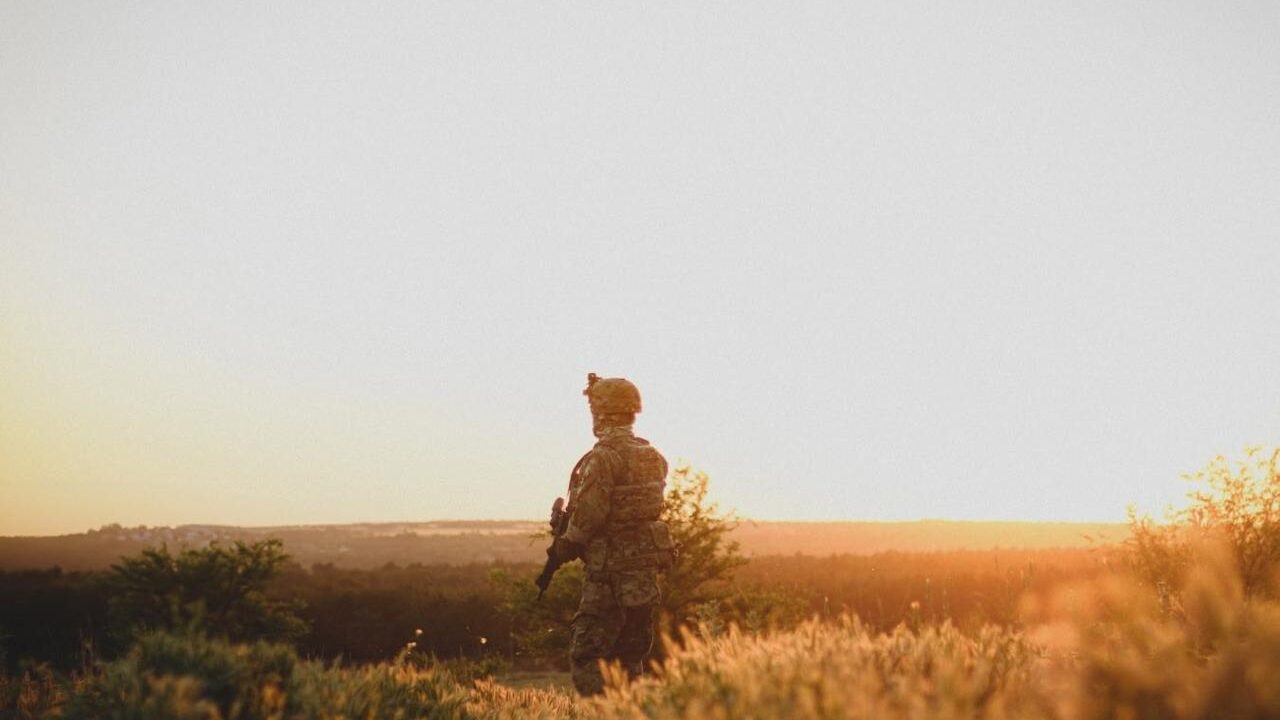
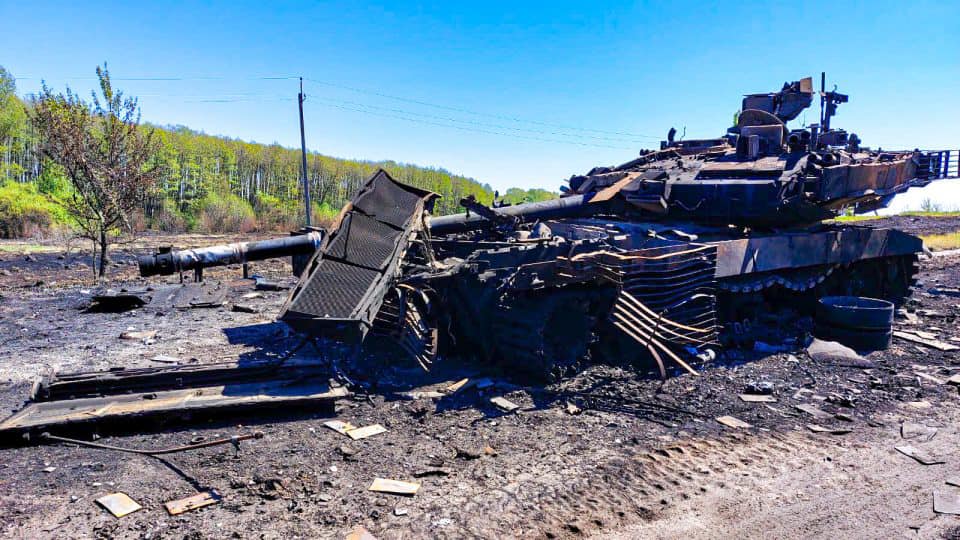

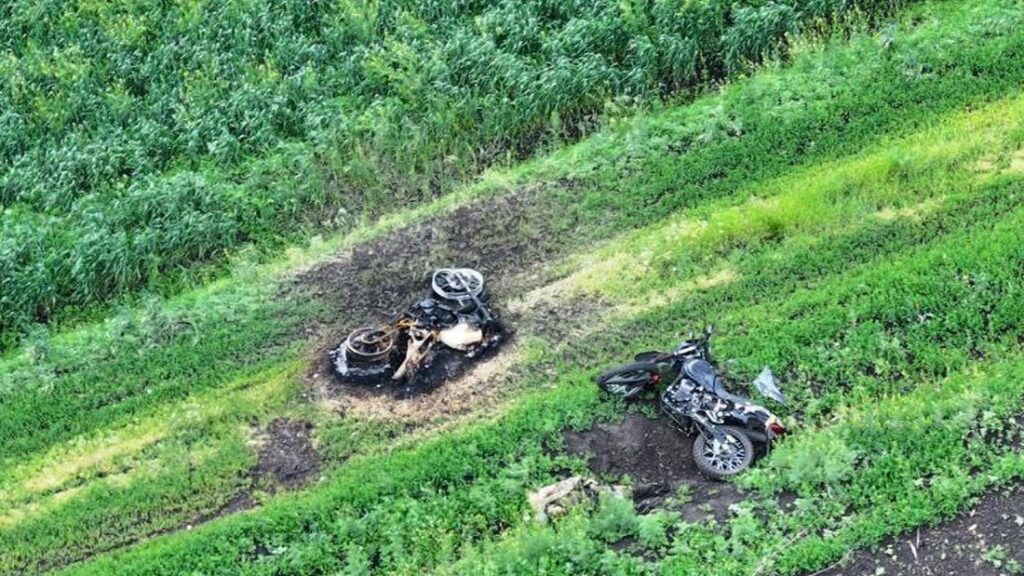
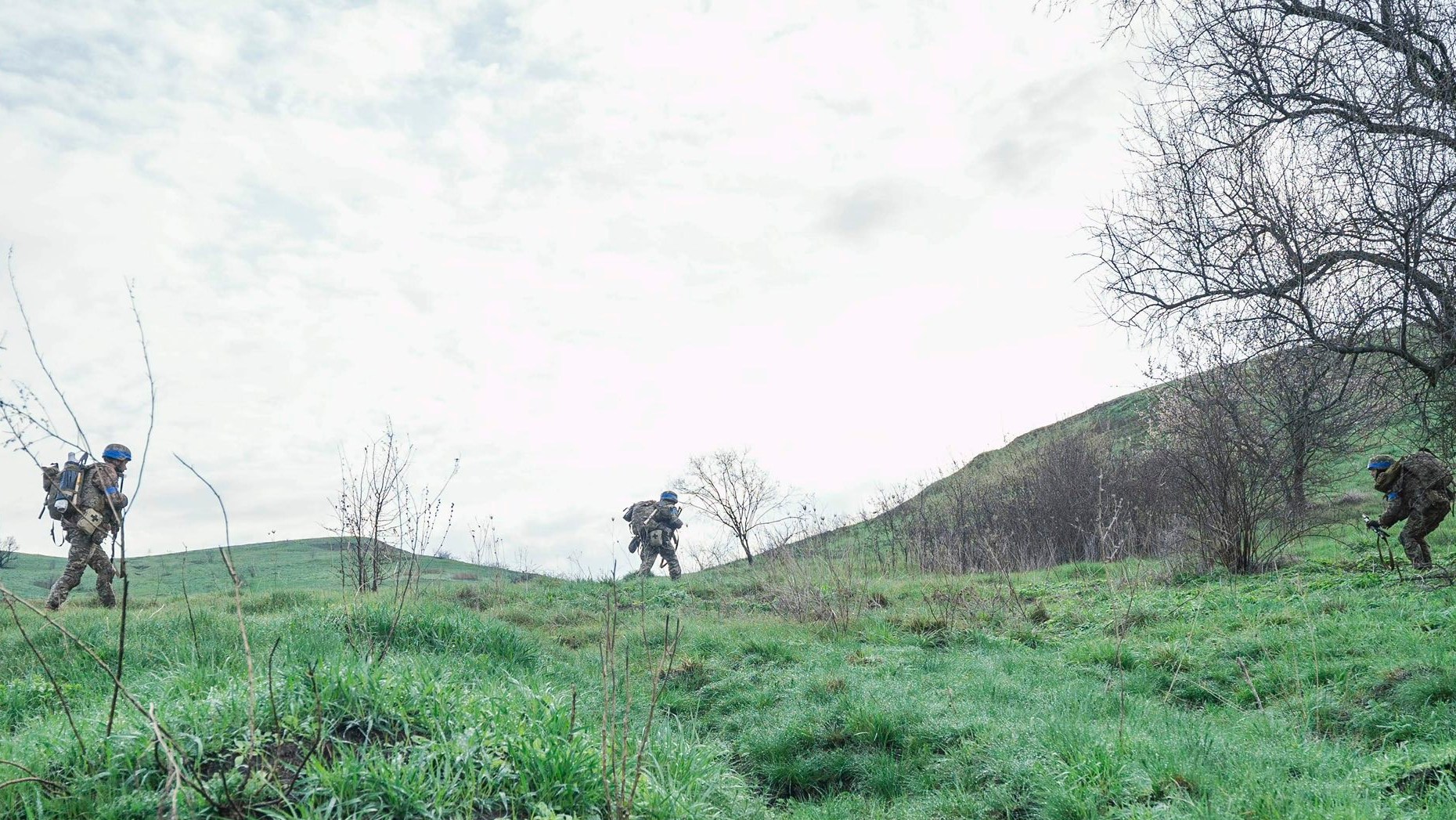
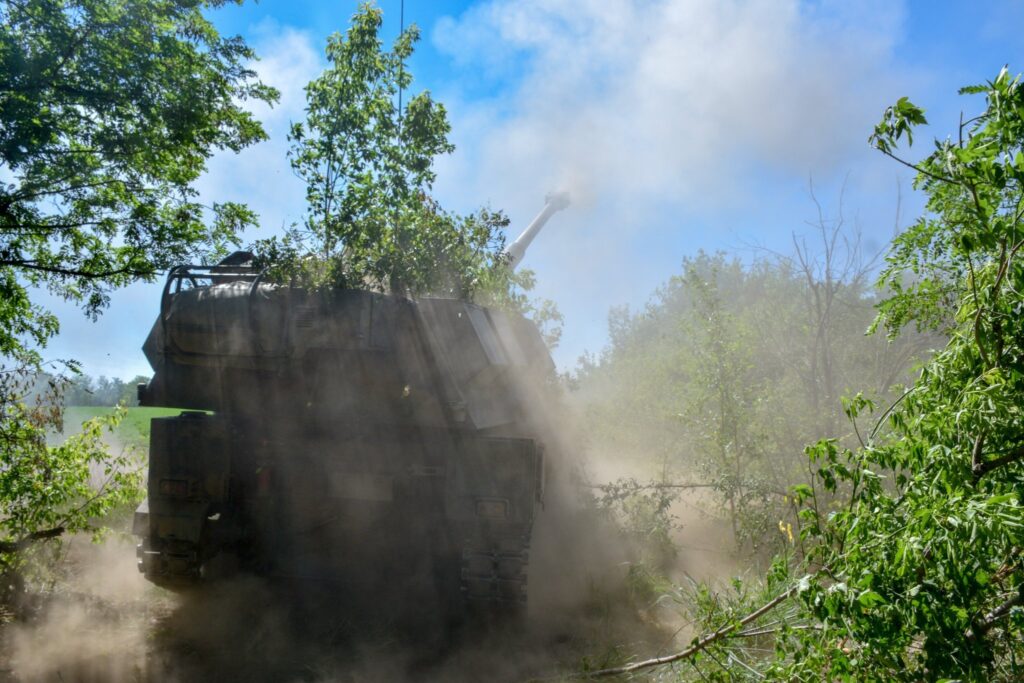
 ☧ (@WarVehicle)
☧ (@WarVehicle) 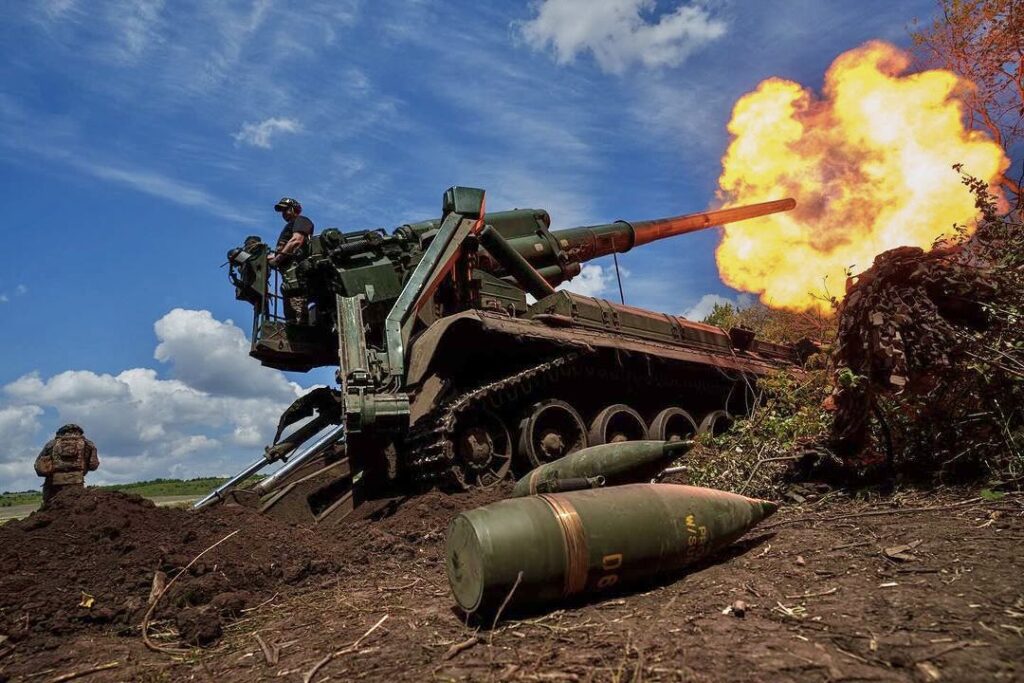


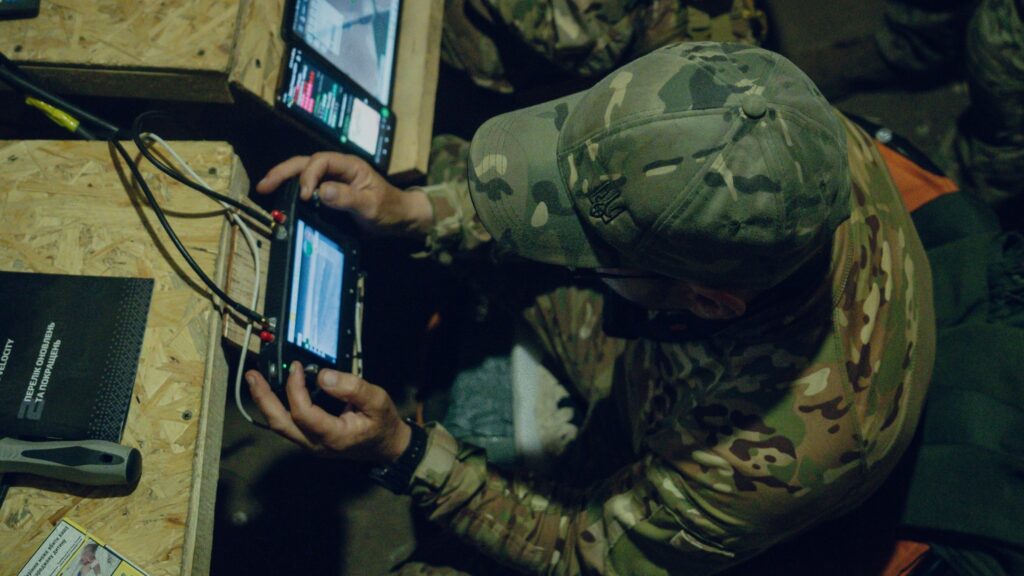

 (@bayraktar_1love)
(@bayraktar_1love) 
